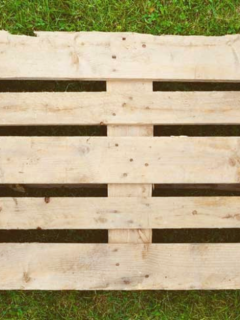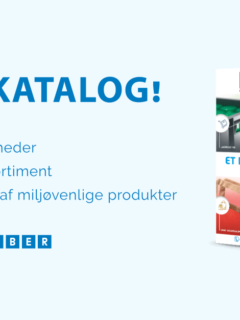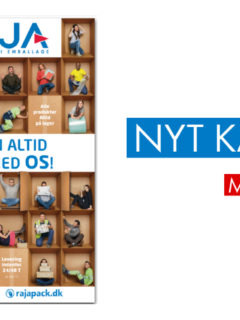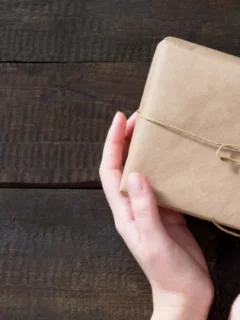When choosing a cardboard box, it is important to know the difference between single, double and triple corrugated cardboard. A somewhat simplistic answer might be that the difference between the three is the thickness and strength of the cardboard boxes. As with so much else, there’s a bit more to it than that, so we’ve created a slightly more in-depth answer which you can read below – enjoy!
Single, double and triple corrugated:
The thickness and strength of a cardboard box depends on the type of corrugated channel it is made of and can vary between 2 and 15 mm*. It is these channels and their thickness that classify boxes and divide them into: single, double and triple corrugated:
- Mini channel (micro-corrugated): this is the very thin corrugated and is the one most often used for the slightly simpler boxes, boxes that do not need to carry any significant weight. The approximate thickness of this is 2 mm.*
- Single-channel (single corrugated): Single corrugated is used for more and more universal boxes. It consists of a single channel and has an approximate thickness of 3 mm*. (Recommended up to 20 kg.)
- Double channel (double corrugated): Double corrugated is a resistant box and has an approximate thickness of 7 mm*. (Recommended up to 70 kg.)
- Triple-channel (triple corrugated): this is cardboard with an extremely high resistance, and is the most resistant box you get. It has three channels and they have an approximate thickness of 15mm*. (Recommended up to 500 kg.)
(*Data is based on RAJABOX boxes standard, mini, single, double and triple corrugated. Individual manufacturers’ composition may vary thickness.)
Below the difference is shown in small illustrations:

The structure of corrugated board:
It is important to remember that corrugated board (with or without channels), is the cornerstone of most paperboard packaging – and is also the packaging of choice among consumers. Corrugated board consists of an outer layer, a corrugated layer and an inner layer, i.e. a total of three components. If the cardboard has two or more channels (double, or triple corrugated), there are at least 2 layers of inner paper.
Below you can see a detailed illustration of the corrugated board’s structure and its basic structure for each layer:

The outer and inner layers are usually subject to different requirements. This means that the outer layer must have properties such as resistance to moisture, temperature fluctuations and resistance to handling. In addition, the outer layer must also provide strength for stacking, an optimal surface for attaching packaging tape and also be good for printing logos, etc.
As mentioned, corrugated board is the packaging of choice for customers, far ahead of plastic, wood and metal – below we have listed the benefits of corrugated board:
Benefits of corrugated board:
- It’s easy to work with.
- It’s a lightweight material.
- Great resistance skill.
- Good protection because of the shock absorbing effect.
- Good air circulation.
- Protects against moisture.
- Can be tailored to almost any need.
- Environmentally friendly and recyclable.
Which box for which product?
When choosing the right box and corrugated thickness for your product, it’s important to focus on your product and consider all aspects – in other words, get to know your product and protect the features you want the customer to see when the product arrives. Start by brainstorming your product!
Here are aspects you should consider:
- Is the product fragile?
- Is the product heavy?
- Is the box for storage or shipping?
- Does it need to be stackable?
When choosing your box, be aware that the diversity, fragility and application of products require different considerations. If you need to send your products to the other side of the world, you need to take these aspects into account during transport:
- Will it be transported by road, sea or air?
- Will it be loaded where it is stacked with other boxes?
- Will it be stored for days, weeks or months?
- Does it need to be pallet-adapted?
- Are there high humidity or pressure changes?
- How many hands (transport links) must the package and its items pass through?
Take all aspects you can analyze into account, the more the better, then you are assured that your package arrives intact and that is basically the most important thing 🙂 Be aware that corrugated board also comes in large rolls that you can use to protect your products.
Remember that Rajapack has over 1200 cardboard boxes that are always in stock.














